The moment we leave our kids’ side, we are worried.
We are worried all the time about what this world is going to do to them. To be prepared for the world, we need to start preparing them now. They should know what to do if they feel something is wrong. They should be prepared for the situation.
But to be prepared, first we need to identify the situation. To identify the situation, we as parents are responsible for teaching them the wrong and the right, the appropriate and the inappropriate, the good and the bad.
The Good Touch and the Bad Touch!!
In This Article
What is Touch?
A touch is an act of touching someone or something.
Most of the kids are familiar with the meaning of touch by the time they turn 2-3 years of age.
But they still do not understand the difference between a good and a bad touch.
It is crucial to understand why it is important to tell them about the good touch and the bad touch. Due to the rising sexual abuse among children, no matter if it is a girl or a boy, it has become the parents’ duty to tell them what exactly is a bad touch, how they can identify it and when and how they need to react to it.
If they understand it, it would be easy for them to differentiate and keep themselves safe. Recently, I was at a birthday party and one of my friends, who was a mom of 2 daughters, told me she just introduced the concept of touch and private parts to her 10-year-old. And she thought her 5-year-old was still too young to understand. I might sound rude, but I was shocked.
Start teaching your children at a young age of 2-3 years, for they do not panic and understand better. I did the same.
What is a good touch?

A good touch is a safe touch.
It is a touch that makes you feel pleasant and good. It makes the child or anyone feel loved, happy and get a sense of security.
Examples of Good Touch
- Mother or father hugging the child
- A grandparent kissing the child
- Friends holding hands
- Giving a high five to a friend
- A teacher gives a pat on your head when you do something good
- A doctor examining you in front of your parents
What is a bad touch?

A bad touch is an unsafe touch.
It is a touch that makes you feel uncomfortable and unpleasant. You want the other person to stop right away.
Examples of Bad Touch
- When someone touches your chest, buttocks or in between the legs (private parts)
- When someone asks you to touch their chest, buttocks or private parts
- When someone tries to kiss you forcefully on the mouth
- When someone hits, spanks or pushes you
- If someone touches you and asks you to keep a secret
- When someone touches you even after you said “NO”
Also Read: 7 Clear Signs Your Daughter Might Get Her First Period Soon (Must-Know for Every Parent)
How do we educate the child on the good touch and the bad touch?
The child should know from an early age what a good touch is and what a bad touch is. Before sending the child to kindergarten, the child should know, and should know what to do when he or she doesn’t feel good or pleasant about someone touching them.
Here are 10 Tips to teach children about body safety:
1. Start early and keep it simple

Do not make it a big deal. Start when the child is approximately 2 years old and can understand a few things. The child doesn’t need to understand everything on the first try.
The bath time is the best time to explain it to your child. I started explaining what a bad touch is to my daughter in a very simple way, without making it a big deal. We started when she was two. She took it as part of a normal conversation. It was a routine thing for us. And at the age of three, if she doesn’t want anyone to touch her (even though with good intentions and in our presence), she just says “NO” very firmly.
So, teaching about appropriate touching should not be scary or difficult. It should be a comfortable conversation.
2. Let the child be the owner of his or her own body
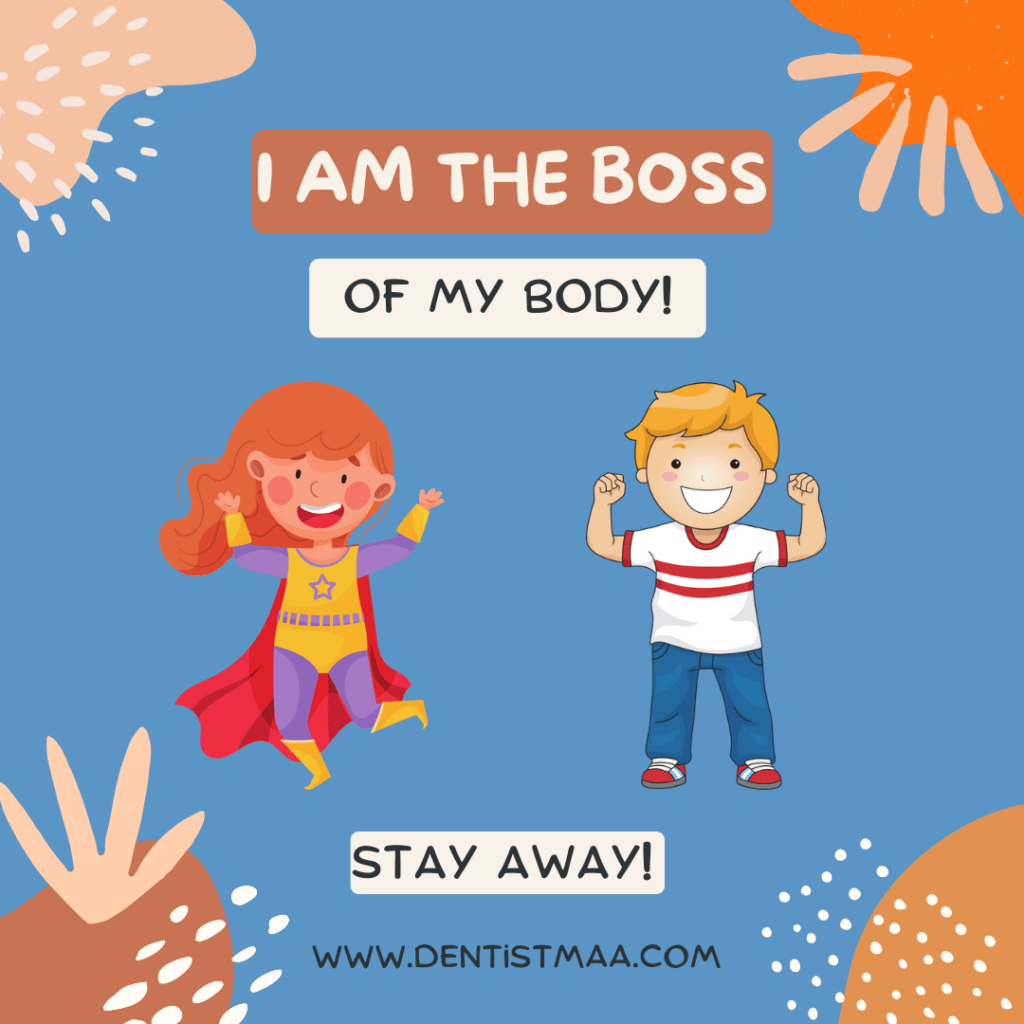
Teach your child to be the “Boss of their own body.”
Let your child take charge of their own body. Tell them that if they do not want to get hugs and kisses even from any family member, it is completely okay. Tell them to say “No” whenever they feel uncomfortable when someone is touching them. Also, tell them not to touch their siblings or friends when they ask or say “no” and don’t want to be touched.
They should know that everyone has the right to their bodies and should never be forced to do something that they are not willing to do.
3. Teach the child about the private parts

Never hesitate to tell your child what the private parts are, as these are the parts most of the time involved in bad touch.
You can use the SWIMSUIT RULE to help them understand. All the body parts that are covered in a swimsuit are private, and no one can touch your private parts without your permission.
- Chest: The chest is the part covered by a swimsuit, and a child should know that they should never allow anyone to touch them there.
- Buttocks: The buttocks are covered by the swimsuit, and no one other than the parents can touch you there and that too only while cleaning.
- In between the legs: Again, this area is covered by the swimsuit, and no one except a parent can touch you there, that too, only while cleaning.
The child should be very clear that these places are owned only by the child and no one else. Only the parents or the doctor, under the supervision of a parent, are allowed to touch them. If anyone else touches these places, the child should immediately go and tell an adult whom they trust.
Though the private parts are the most vulnerable places, the child should be taught that any touch anywhere in the body that feels uncomfortable or uneasy should be immediately denied and should be told to an adult the child trusts. A sexual abuser, most of the time, never touches the private parts directly. They first make a repo with the child, gain the trust and then start the abuse, which then becomes very confusing for the child. So, they should be taught to stop it early.
4. Never force affections
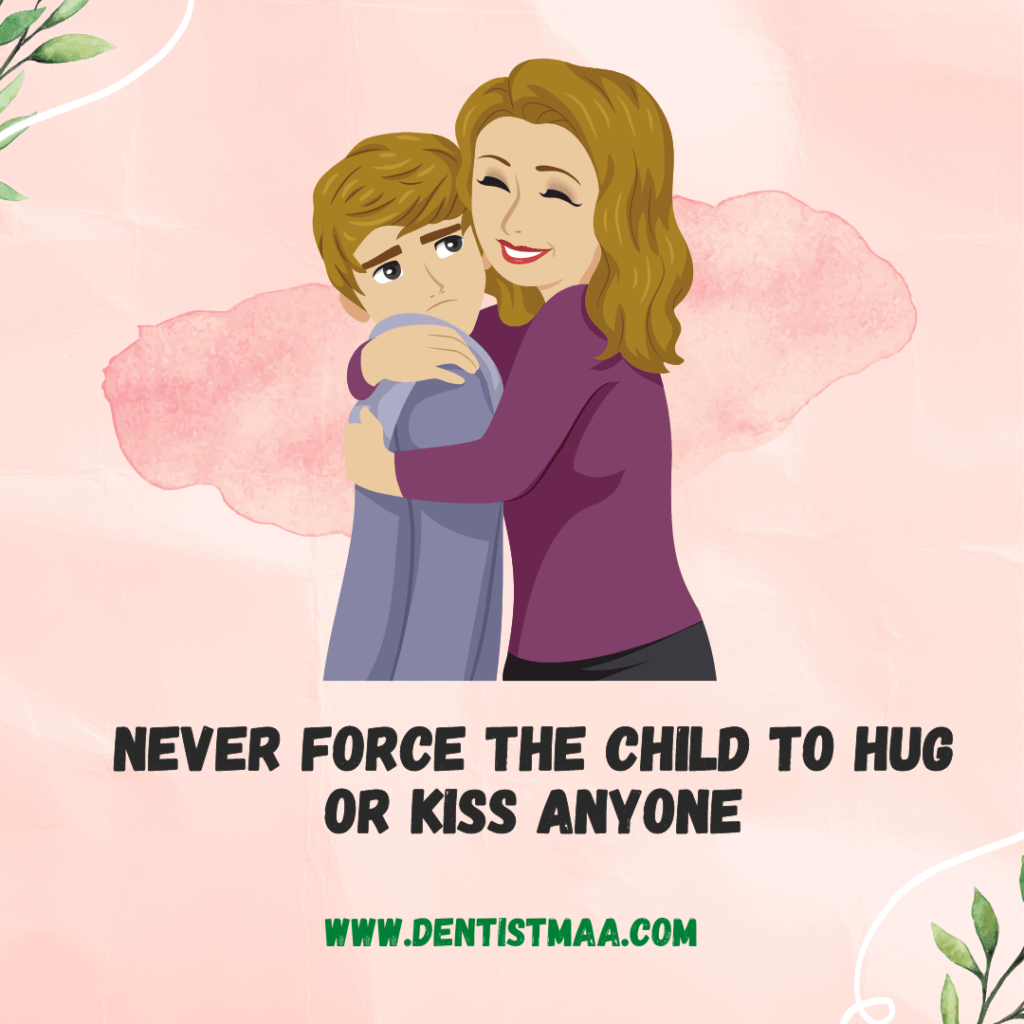
I have never forced my child to hug or kiss someone if she is not willing to. Never force affection. Let the child decide what makes him or her comfortable. Forcing a child will make them confused about the good and the bad touch. They will find it difficult to distinguish when it comes to deciding if they feel uncomfortable or if they are not allowed to feel uncomfortable, as they are supposed to do this. So, never force a child to hug anyone or get a hug from someone they don’t feel comfortable with.
5. Help them to learn how to say NO
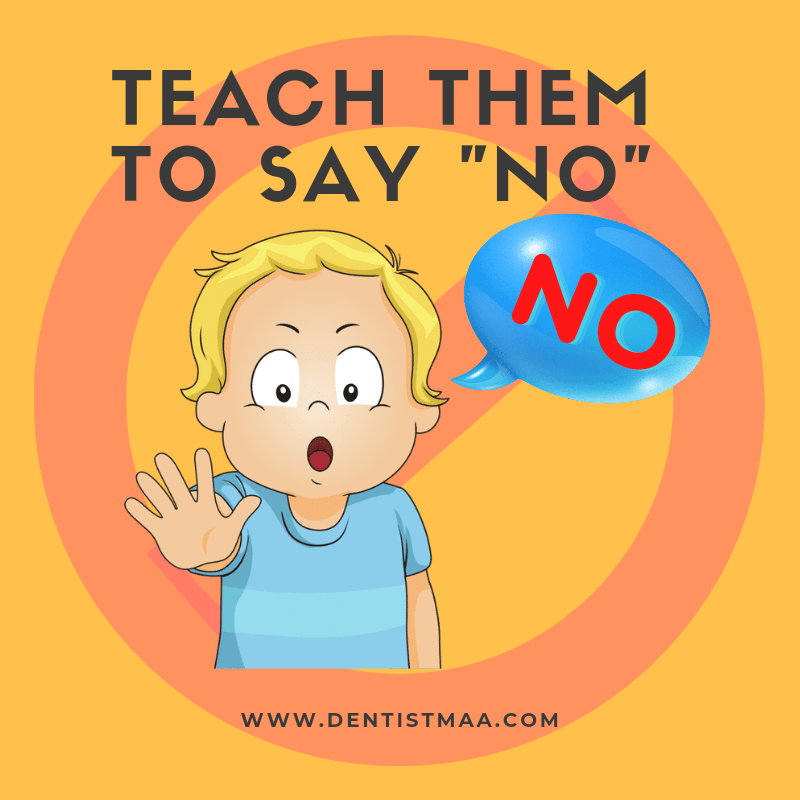
Teach them to say “No”. “No” is a very powerful word. A person should never touch you once you say “No”. Tell them to say “NO” very firmly and loudly so that the person becomes conscious of the surroundings and asks them to scream and run away to a safe place, like a parent or a teacher, and should never be alone in future with that person.
6. Teach them what a good touch is

They should be able to distinguish between a good touch and a bad touch so that there is no confusion and the child can differentiate easily.
Tell them that a doctor touching them, even when they sometimes feel uncomfortable in the presence of the parents, is required and is not a bad touch.
Tell them that a gentle touch on their thigh by their teacher can be a bad touch if they feel uncomfortable with that. Tell them to trust their instincts and immediately talk to you about it, so that you can help them get clarity, as you are an adult.
7. Tell them not to accept anything from a stranger or go with any stranger ever
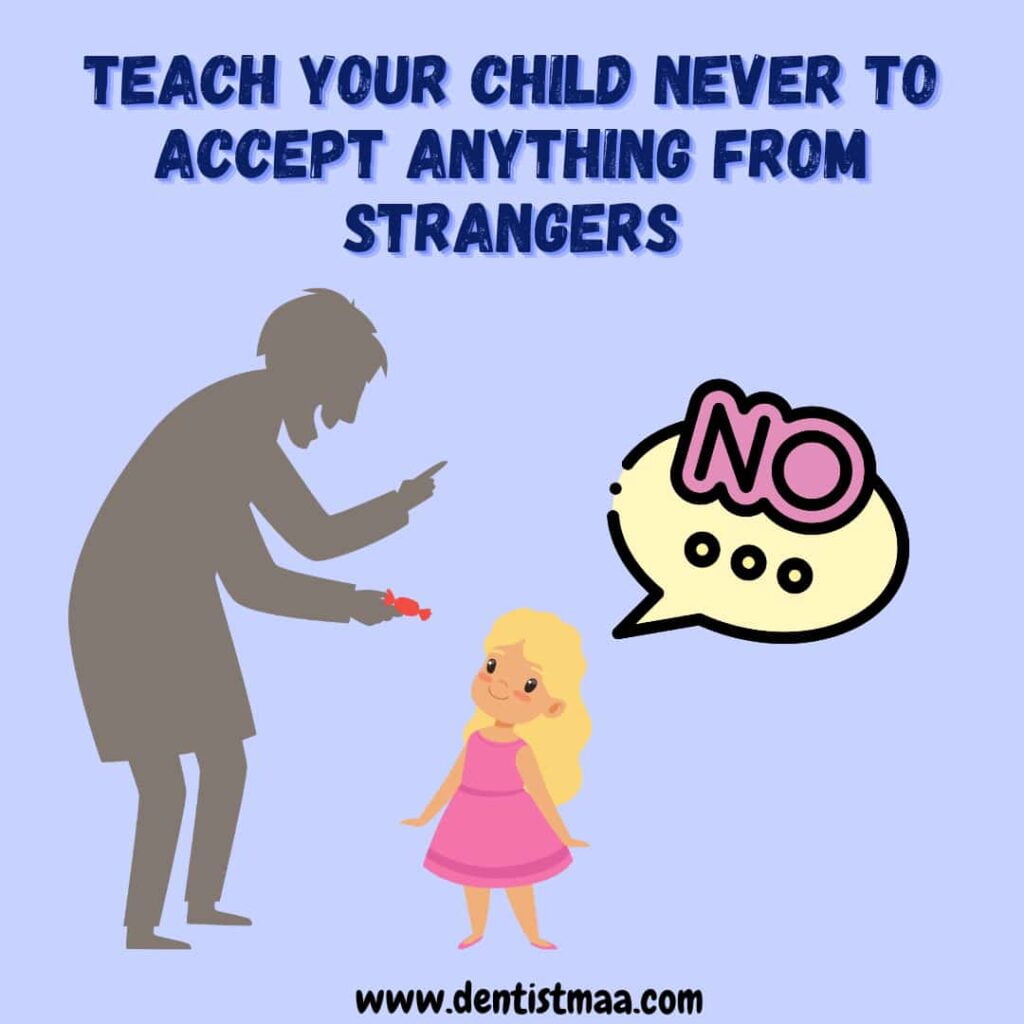
They should understand that they should not take anything from a stranger, even if it is their favourite ice cream or chocolate. Tell them that they should not go anywhere with any stranger, even if they say you have sent them to pick them up. Try to always be on time whenever you have to pick up the child from school, classes, a birthday party or any place that the child has been to.
Choose a password with your child that only you and the child know. Teach the child to ask for the password to someone who ever says they have come to pick them up, or you have sent them to pick them up. When the person does not know the password, the child will understand that something is fishy.
Create a special bond with your child from the beginning so that the child trusts you and tells you everything in detail.
8. Tell them not to hide anything from you, especially when told to do so
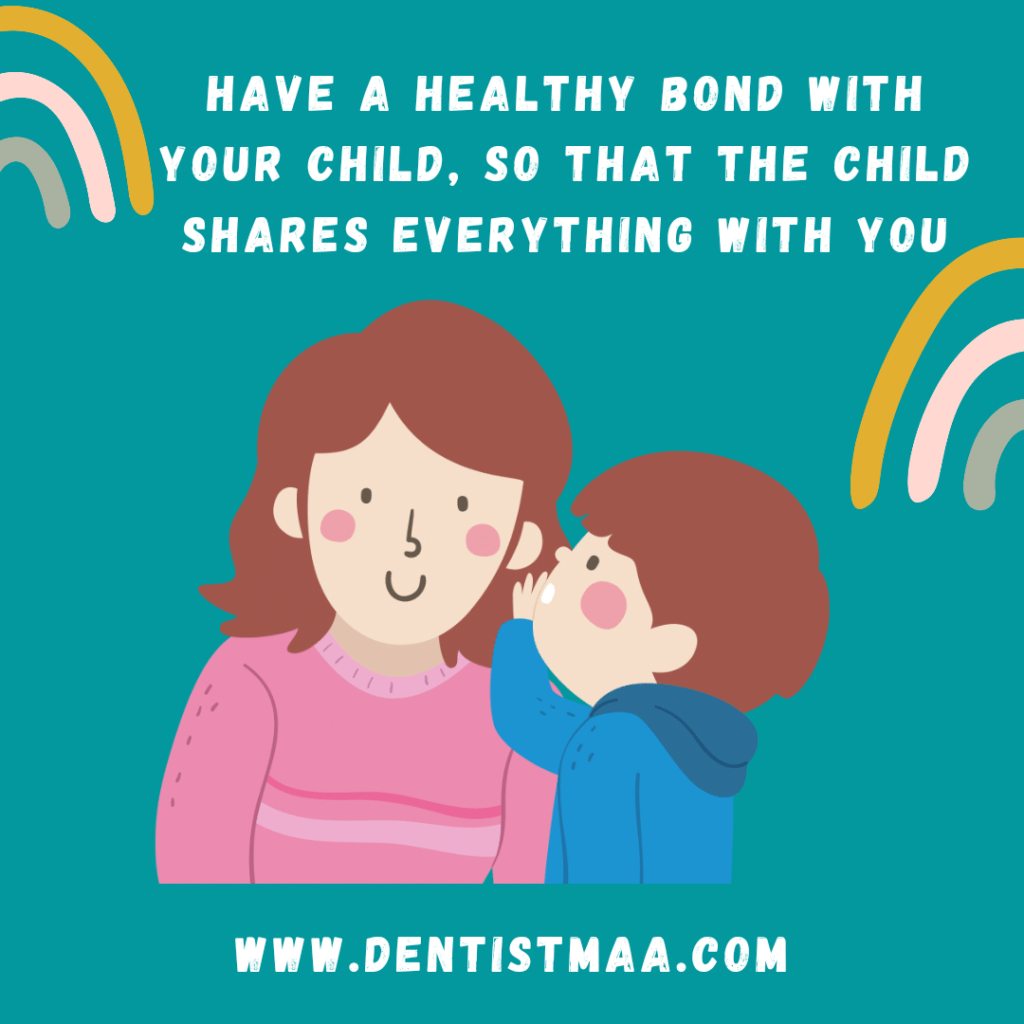
When someone has a bad intention, he or she will scare the child and tell them not to report it to anyone. They might scare the child in different ways by telling them that they might harm them or their family or friends. Tell the child that this is when they should immediately report it to an adult they trust and should not hide it at all.
Assure the child that you trust them and not the other person. Tell them that they did not do anything wrong. The child should be able to trust you to tell you everything. So, bonding is important, and it starts right at birth.
9. Read books or show them videos

There are really good books available that you can read with your child and explain things to them. Also, YouTube has some amazing videos available in almost all languages, and you can show the videos to your child in whichever language he or she is most comfortable with.
Here are a few video links that might help:
- Komal (made by an NGO)
- A very simple and detailed video on good touch, bad touch by a hindi TV series
- Safe touch song
- Good touch bad touch well explained in Satyamev Jayte
- A Malayalam Short film on child abuse awareness
Here are a few links for the books that might help:
10. Make them believe that it was not their mistake
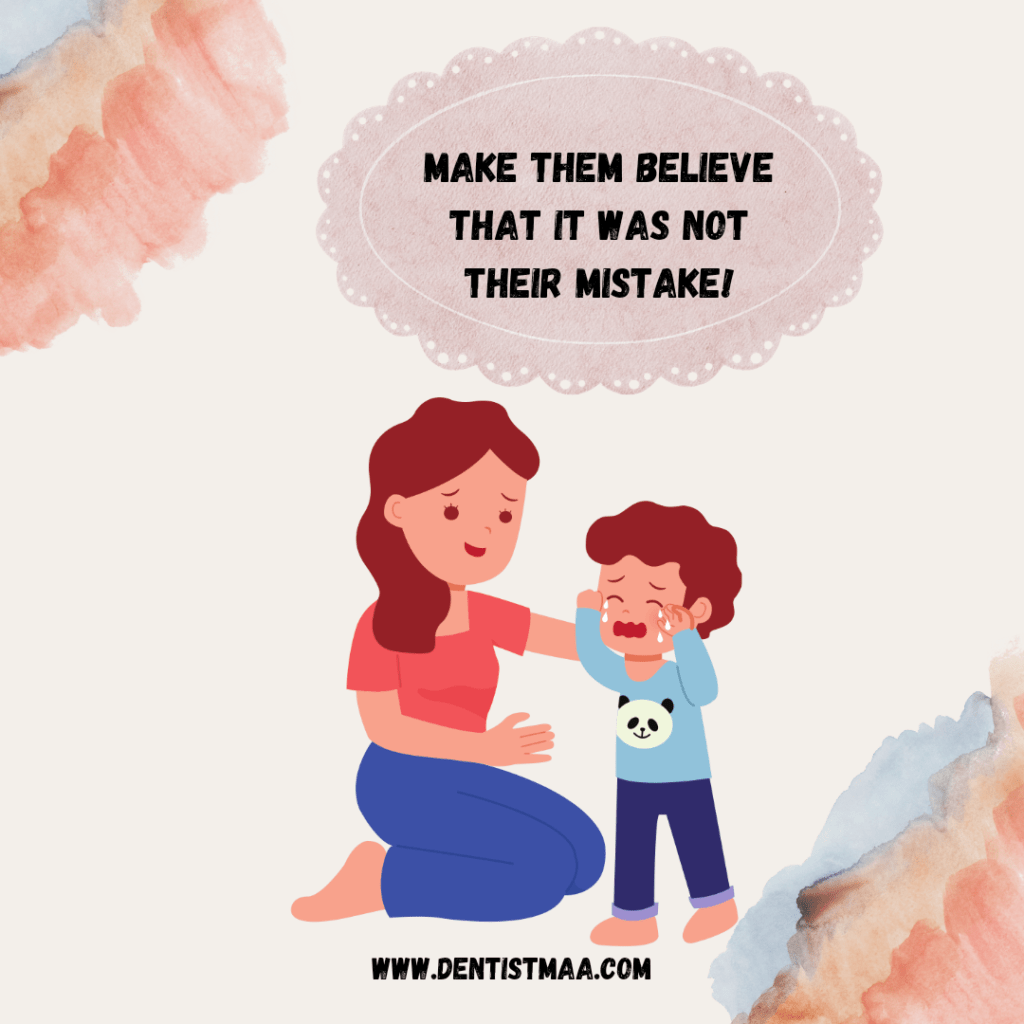
Most of the time, the predator makes the child believe that somehow it was the child’s mistake, and the innocent child believes it. Make them understand that it is not their mistake at all and they are not at fault for whatever has happened. This will again help in building trust and giving confidence to the child.
My Safe Circle
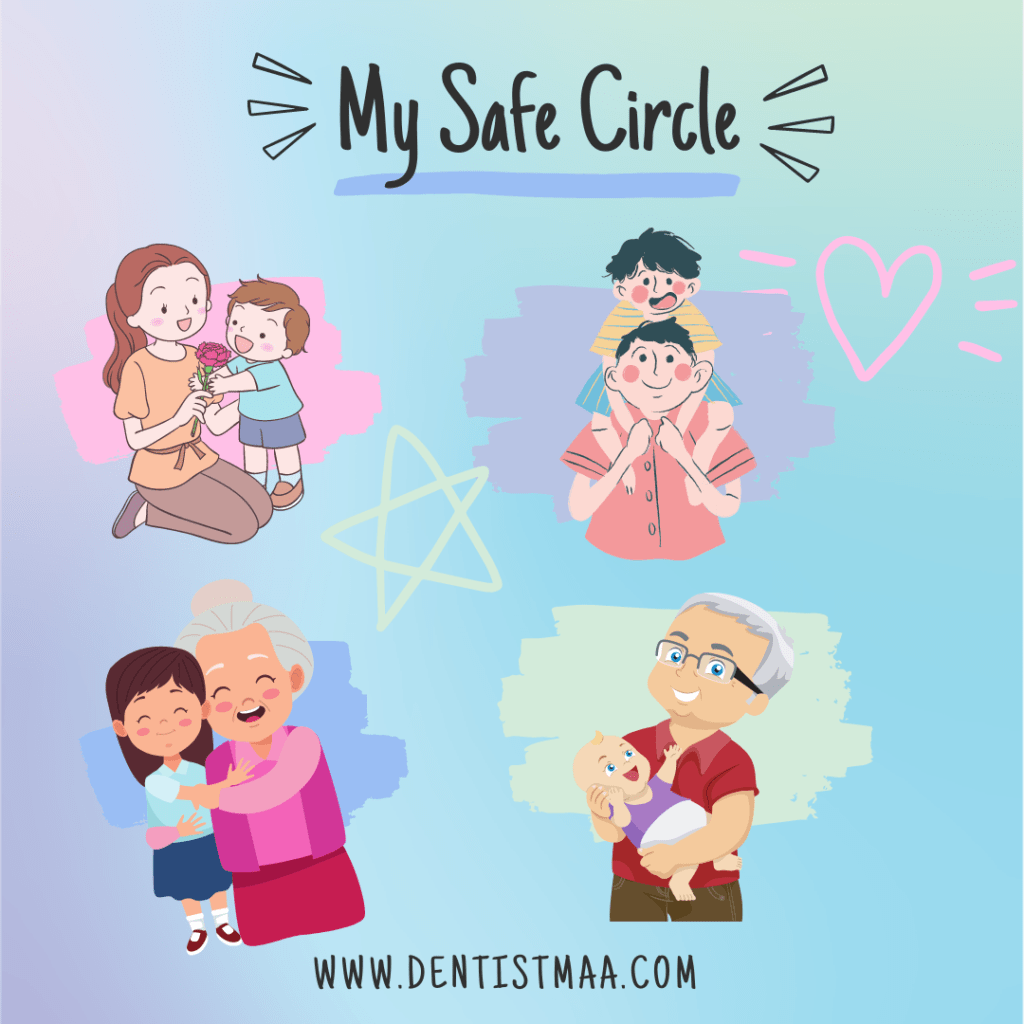
A safe circle is an imaginary circle created for the child which includes all those people the child can trust.
The child can ask or tell anything to the people in the safe circle. e.g. the people in a child’s safe circle can be the parents and the grandparents. You can help your child decide who he or she would trust the most and would want to include in the safe circle.
What should a parent be aware of?
Even after teaching your child about good touch and bad touch, it is still a parent’s responsibility to take care of certain things.
- Ask the child about his or her day, and if you feel something is wrong, address it immediately
- Keep notice of the adults your child is spending time with, whether the person is trying to touch the child deliberately
- Does your child feel uncomfortable, especially around someone in particular
- Is someone trying to give your child gifts routinely without an occasion?
Remember, in most cases, the person who abuses the child is either a close friend or a relative. So, trust your child when the child comes to you and tells you that a specific aunt or uncle behaved weirdly with them, and try not to leave the child alone with that particular person ever.
We should try and make sure that our children are trained in self-defence as soon as we can, as this will help in gaining some confidence and knowledge about how to deal with the adults who can sometimes force them and are much bigger and heavier than they are. The self-defence will teach them how to tackle such situations.
Sexual abuse is as common among boys as it is among girls. So if a boy child comes to the parents and complains of a bad touch, it should be taken seriously and not ignored.
Early warning signs the kid should know?
The body itself responds to unpleasant and stressful situations, and the child should be taught to identify it.
- Sweaty palms or forehead
- Palpitations
- Goosebumps
- The feeling of sickness in the stomach
- Shaky legs
- Feels like crying or running away
So, once explained to the child, the child will start to identify the responses from the body and react in the same way.
Read: 25 Popular Nursery Rhymes for Kids with Lyrics
FAQ’s
1. What is the right age to talk to a child about good touch and bad touch?
It’s ideal to begin this conversation as early as age 3. Use age-appropriate language and real-life examples to help them understand in a safe, non-scary way. If you would ask me, I am an over-possessive mom and I started telling my child at around the age of 2, in very simple language which is would understand and not think it’s a big deal. It became a part of her, and she took it as a normal routine thing. No fuss!!
2. How can I teach my child about body safety without scaring them?
Keep the tone calm and confident. Use storybooks, role-playing, and gentle repetition. Focus on empowering your child, not creating fear. If you start early, the child will take it as a normal conversation and not something different. e.g. When you tell your child to brush his or her teeth, you tell them it is important to stay clean and healthy. In the same way, you tell the child about what good touch is and why it is important, without making a big deal about it. Tell them, in a way that sounds like the normal way of living (because ideally it is).
To conclude, It is very important to teach our children about the good touch and bad touch, as we can not always be there around them to protect them from every situation. They should be self sufficient to deal with the emergency and then report to the most trustworthy person in their safe circle. And as their parent, it is our duty to understand them, trust them and take action so that they do not get the wrong image that the person who did wrong to them just got away with it without consequences.
So, we need to make our children strong, self dependent and more conscious to deal with any kind of situation that comes their way.
Affiliate Disclaimer: This article contains affiliate links, which means I might receive a commission if you purchase an item using these links. However, this does not mean you will have to pay anything extra for these.


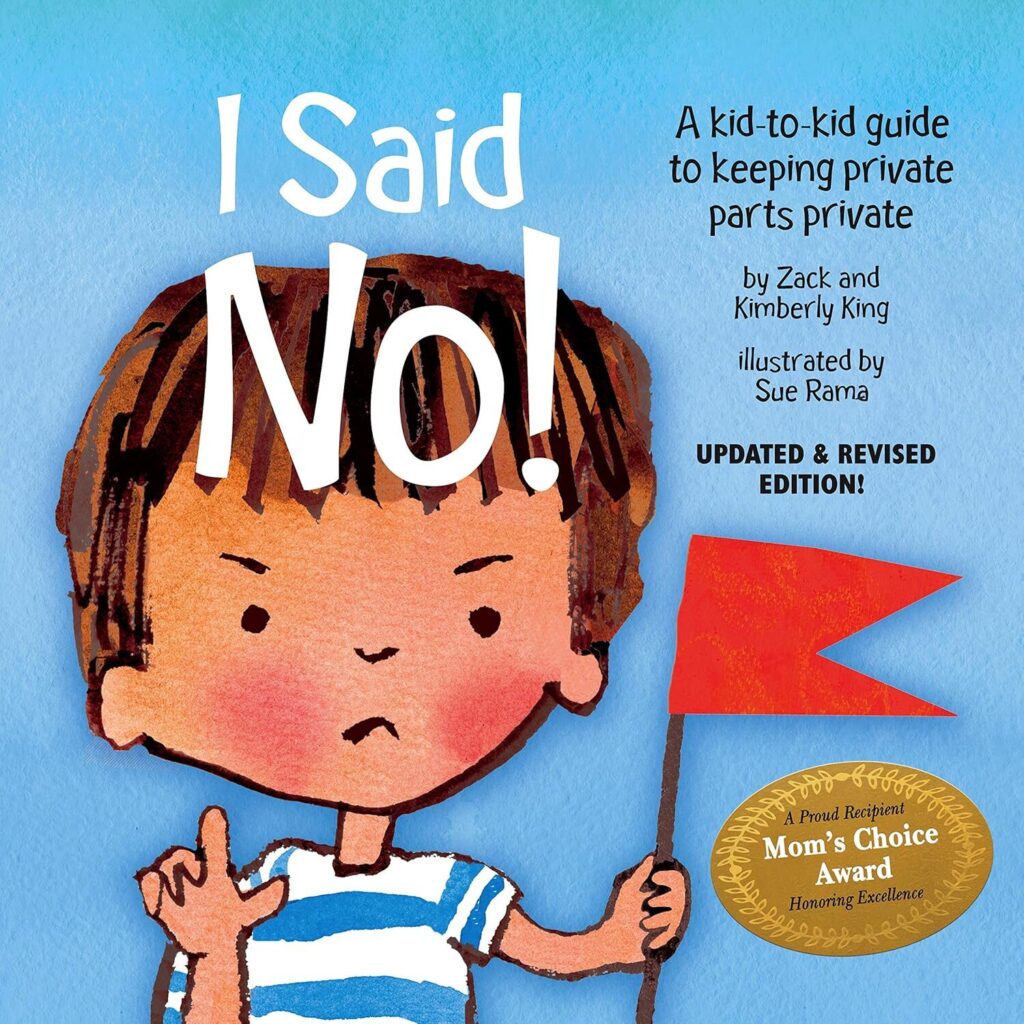



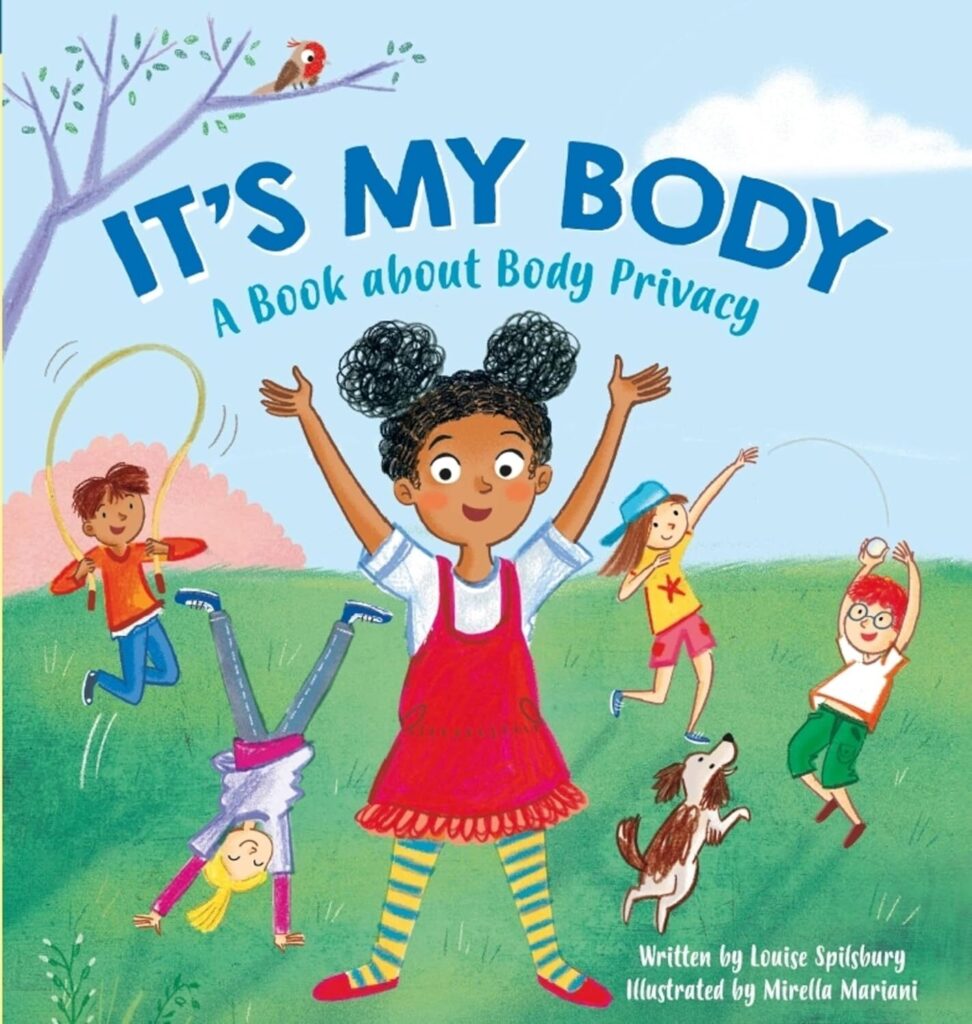
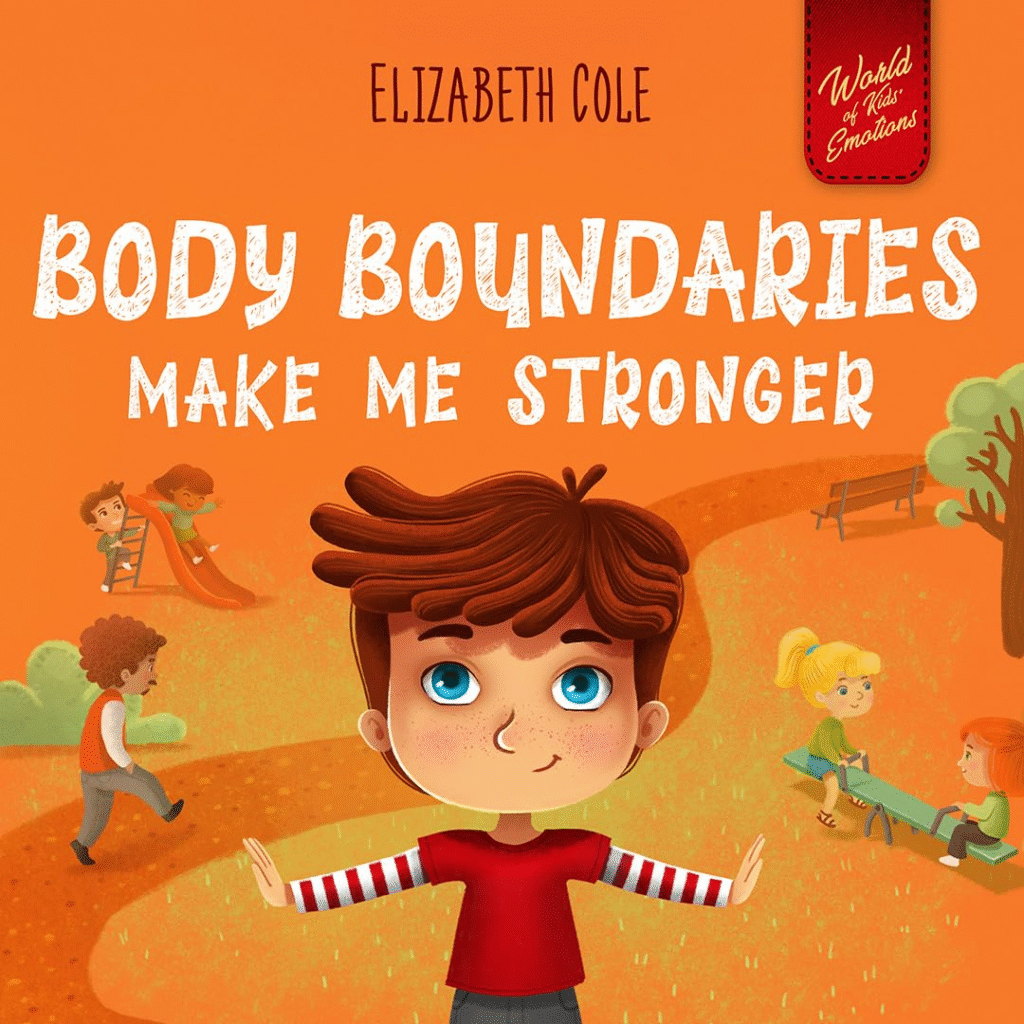


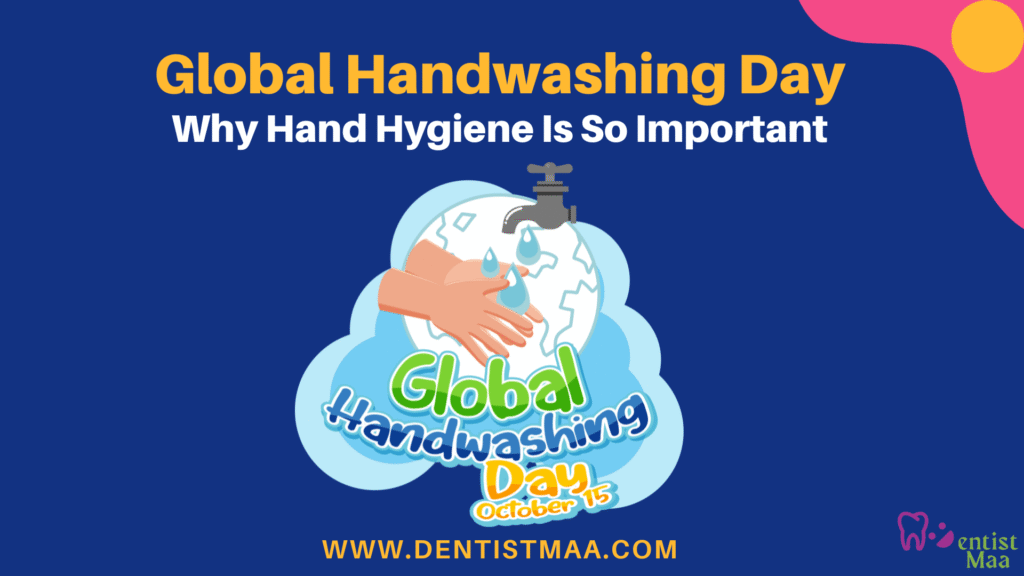
Dear Garima….Nicely covered every corner of the topic/subject which is very important & essential for every parent to handle & guide the child in the present on going situation where abusers have no criteria of age as they are only abusers in the society….
Thank you so much uncle! I tried my level best to help parents make it simple to explain it to their children. This topic is a little confusing for the parents to deal with due to hesitation. Hope it helped all the readers 😊
Well explained dear. Thankyou for taking this topic.
Thank you so much 😊
Very very nice
Very well written. Will save it for future. 👍
Thank you so much mam 😊